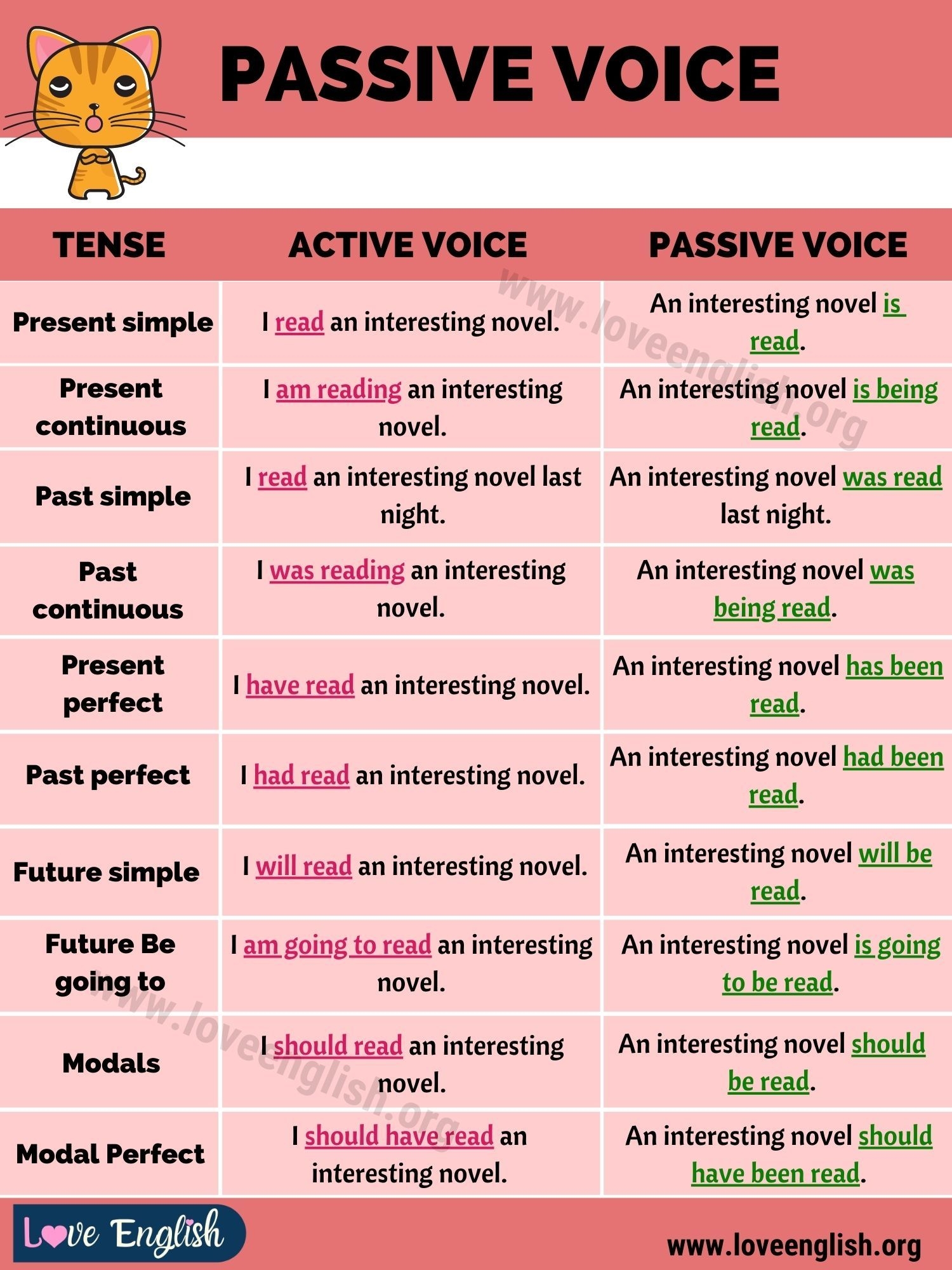Active and passive voice are two different ways in which a sentence can be structured. Understanding the difference between them is crucial for effective communication in both spoken and written language. In active voice, the subject of the sentence performs the action, while in passive voice, the subject receives the action. By mastering both forms, you can enhance the clarity and impact of your writing.
Active voice is often preferred in writing as it is more direct and engaging. It helps to clearly identify the doer of the action and make the sentence more dynamic. On the other hand, passive voice is useful when the focus is on the receiver of the action or when the doer is unknown or less important. Both forms have their own strengths and can be used strategically to convey different meanings and emotions.
It is important to be able to identify and use active and passive voice correctly in various contexts. Practice is key to mastering these structures, so try to incorporate both forms into your writing exercises. Pay attention to the subject, verb, and object in each sentence to determine whether it is active or passive. By becoming proficient in both forms, you can elevate the quality of your writing and effectively communicate your ideas to your audience.
In conclusion, active and passive voice play a significant role in shaping the clarity and impact of your writing. By understanding the differences between the two and practicing their usage, you can enhance your communication skills and engage your readers more effectively. Remember to consider the context and purpose of your writing when choosing between active and passive voice, and strive to use both forms strategically to convey your message with precision.
